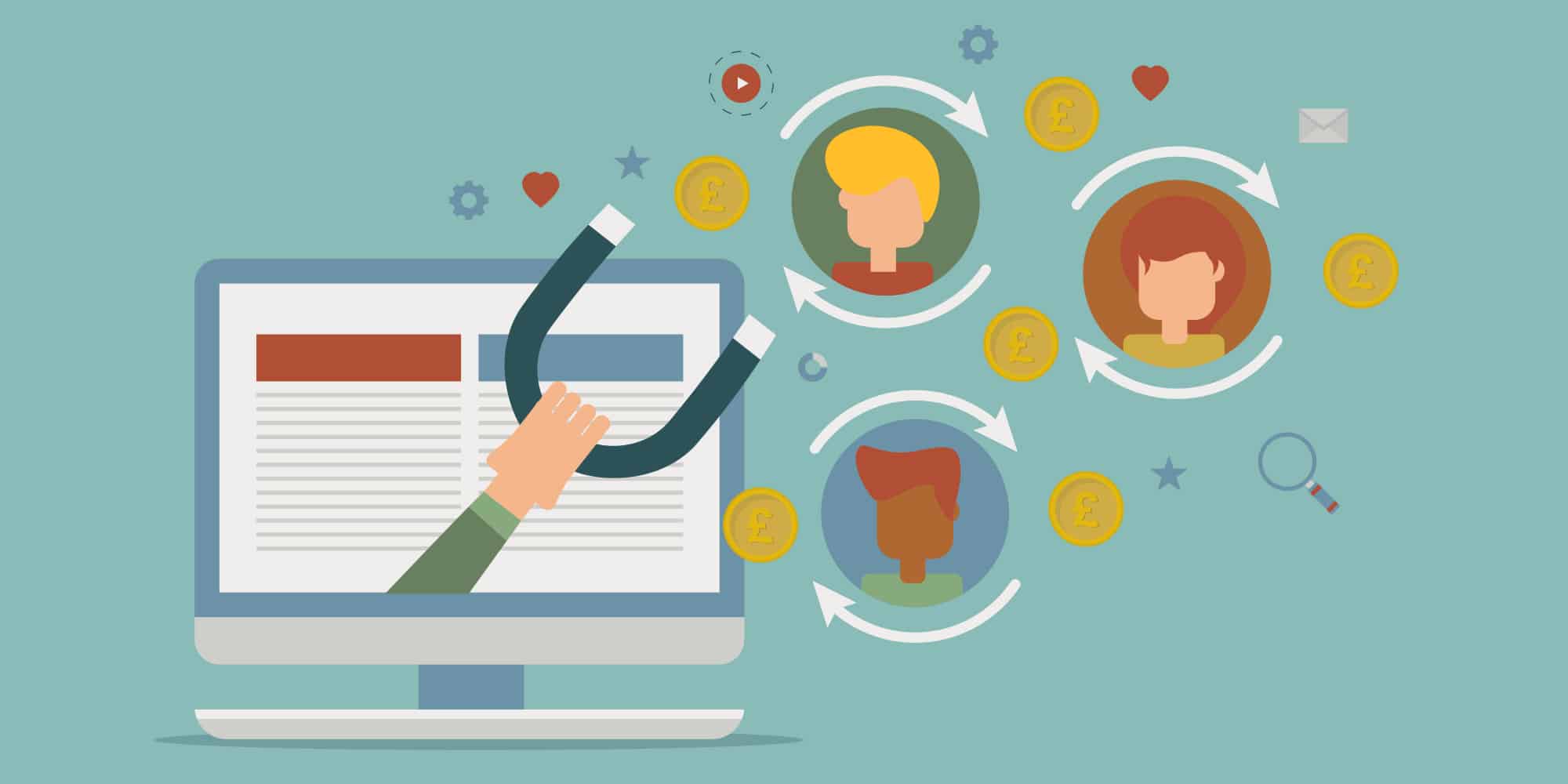Talking ‘bout your generation!
18th November 2021 •
18th November 2021 •

As marketers, we know that generating leads is not the same as generating demand. They’re two separate stages of your sales funnel. Knowing the difference can have a big impact on the way you create opportunities and ensure that leads don’t f-f-fade away.
Demand generation means turning strangers into prospects. A process that creates awareness and interest for your product or service by generating buzz through content creation. The ultimate goal being to drive traffic and turn interest into action.
Lead generation, however, is the process of turning prospects, who’ve expressed interested in your brand, into sales leads. They have specific needs to meet or a task they must accomplish. Some of them may already be familiar with your brand – drawn in by your demand generation strategy. Others may have come to you directly. But, when generating leads, your focus should be to convert their interest into sales.
So, why does it matter how (or even if) you distinguish between different stages in your funnel?
Simply put, they accomplish different things. By knowing they are unique tactics, you’ll be able to use them more effectively – targeting more prospects at different stages in their journeys.
Think of articles or thought-leadership pieces that get around on social media. When prospective consumers interact with them, they don’t necessarily end up converting. But now they’ve heard of your brand, you’ve sparked some interest, and you’re in the conversation – you’re generating demand.
Then, when prospects trust your brand enough to convert, they’ll come across your targeted content. This could be anything, from websites to lead-nurturing emails or targeted videos on social media. But most importantly, it’ll encourage sales leads to take action – whether it’s to subscribe to a mailing list, purchase a product or share contact information.
It all comes down to planning and measuring. Probing your KPIs is an excellent way to monitor your campaign. And you can use lead and demand generation performance indicators to cause a big sensation.
Think of demand generation as your go-to-market strategy. You can use it to prime your target audience and measure your success through organic traffic to your online presence. Enabling you to plan, test and find your most compelling content.
Meanwhile, checking your marketing ROIs, customer acquisition costs and conversion rates will help nail down the overall success of your lead generation. By gauging your success, you’ll be able to pick the perfect moment to nurture your leads and guide them to conversion.
In our experience, a joined-up, integrated generation journey through the sales funnel can create higher-quality leads and a stronger demand for your brand. And ensure a lead doesn’t die before it gets old.
What if there’s a way to target your audience further? In marketing, knowing who you’re talking to is a vital first step to get the best possible leads. However, segmenting leads belonging to different age groups can be a real game-changer.
It’s not a new concept. Different generations of consumers can have radically different interests, so posting relevant content in the right channels can generate even more specific and worthwhile leads. And to target them efficiently, you’ll need to know what channels they use, and where they’re most likely to come across your content.
If you want to know more, or you’d like to find out how Torpedo can help with your next marketing campaign, just get in touch.
